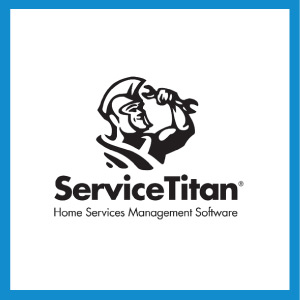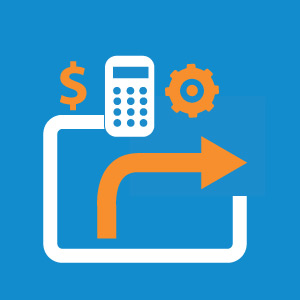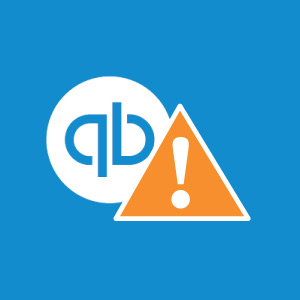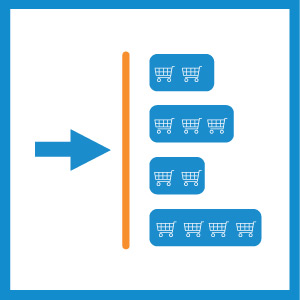The home services business is a highly competitive one that relies on quality service, rapid response, and customer satisfaction. In this, it is imperative that everyone is on the same page throughout the entire customer buying process—from the first time they look for a review on Yelp/Angie’s List/Home Advisor to the first interaction they make with your customer service representative to the final repair or improvement project that your service technician completes.
As we discussed in a recent blog, there is a lot of confidence among home services businesses, but little to back it up—come companies are seeing decreased revenues, some companies can’t find talent, and some companies are having trouble moving homeowners from lead to customer. In that blog, we discussed a few ways to empower your entire team with technology, and today, we would like to look at how to drive higher levels of satisfaction by making your service teams’ jobs easier.
Empowering Your Service Team to Complete the Last Mile of Customer Interaction
Your lead called in, spoke with a caring, knowledgeable sales/customer service representative, and has decided to move forward with your organization. Now comes the completion of the job. All of the legwork was done to set up the service technician for success, right?
If so, the technician can get in quickly, get the job done to the specs of the customer, and you can look forward to this customer telling his or her friends about you and calling you next time they need a home service.
However, without the right planning, briefing, or flow of information, there are many things that can go wrong. Poor scheduling could result in the technician being late. Poor planning could result in your technician not having the tools or materials for the job. Poor communication could result in unexpected slip-ups. Below, we discuss a few snags that could result in your service technicians being “hung out to dry,” and your customers feeling short-changed.
Issue 1: Scheduling
Your technician just got off a job. Now they have to drive 40 miles across town—and they have to do it in an hour and a half. Failing to plan is planning to fail, and improper scheduling could result in your service technician being late, getting stressed out by a long hassle-filled commute, and ultimately not arriving at a customer’s home ready to help.
How can you address this? You can try to tackle the problem by drawing on a map, writing down schedules in a book, and trying to balance all of your dispatches in a spreadsheet, or you could leverage easy-to-use, drag-and-drop dispatching technology. Through this technology, you can give your customers status updates and your technicians ample time to prepare and get to a location. This results in less stress for both customer and technician, and higher satisfaction of both.
When a technician arrives to a call promptly and ready to solve that particular customer’s problem, it sets the stage for a memorable service experience and creates an ideal selling environment. Learn more about creating a memorable experience for customers here.
Issue 2: Knowing Your Customer
“Doug Jones needs [repair].” So, what does your technician need to know about this person, about the repair, and about the home? Providing top levels of service means you’ve accounted for anything that could go wrong before it does.
By leveraging the right technology, you can brief your service technician on important customer and job details before they arrive at the job site. No rummaging through papers, no hiccups in invoicing. Just a simple, streamlined process that lets your technicians get in, get out, and get on to the next job.
Issue 3: “That’s a Nice Dog You Have ”
Even if your technician is a dog person, it’s unlikely they want to be carrying tools to the door when, out of nowhere, a large dog comes bounding at them. Simply put, no one likes surprises that much.
Luckily, technology has even made this interaction easier. Now, customer service representatives can send customers reminders about the time, and even let customers track when the technician is pulling up with technician tracking. One such example of this is ServiceTitan, which automates a lot of the final steps before a technician arrives, sending a notification when your tech is on his or her way, giving the customer ample time to put the dogs away.
Issue 4: Transparent Pricing and Billing
The last touchpoint could be the make-or-break one. An inconvenient payment process or an unanticipated charge could turn a five-star review into a one-star one. Make the process easier on your technicians and customers by leveraging technology to provide transparent pricing, simple invoicing, and in-field payment capture to clients. Take this further by providing simple financing options with rapid decisions.
Happy Technicians, Happy Customers: Why Fast-Growing Home Services Organizations Are Turning to ServiceTitan
Customer service is the name of the game, and with so many different touchpoints, one slip-up could result in poor reviews, fewer word-of-mouth recommendations, and lower business. By focusing on the last mile of the customer interaction—the service itself—you can improve technician and customer satisfaction. With easy to use scheduling and dispatching, advanced features like option builder and rapid financing, and customer-focused tools like technician tracking and reminder texts, you can reduce the risk of slip-ups and allow everyone to rest easier knowing the job will be done on time, on budget, and exactly as the customer expected.
This is why many of the fastest-growing service companies are turning to ServiceTitan. ServiceTitan is designed to help home services professionals do more, grow faster, and provide better service. Learn more about the platform here.
Taking It Further with Sage Intacct Integration
While the software was originally designed to integrate with QuickBooks, implementing ServiceTitan has been such a boon for companies, that many have found QuickBooks to be unable to handle their needs as they grow. This is why an increasing number of growing home services companies are turning to Sage Intacct to handle their back-office needs. From cash flow to contract revenue, general ledger to project accounting, AP to AR, Sage Intacct is becoming a game changer for businesses in need of automation, productivity, and support for growth.
Learn more about ServiceTitan by taking a product tour, and learn about our relationship with the company by reading our blog, Why Trade Services Companies Turn Toward the Cloud.











